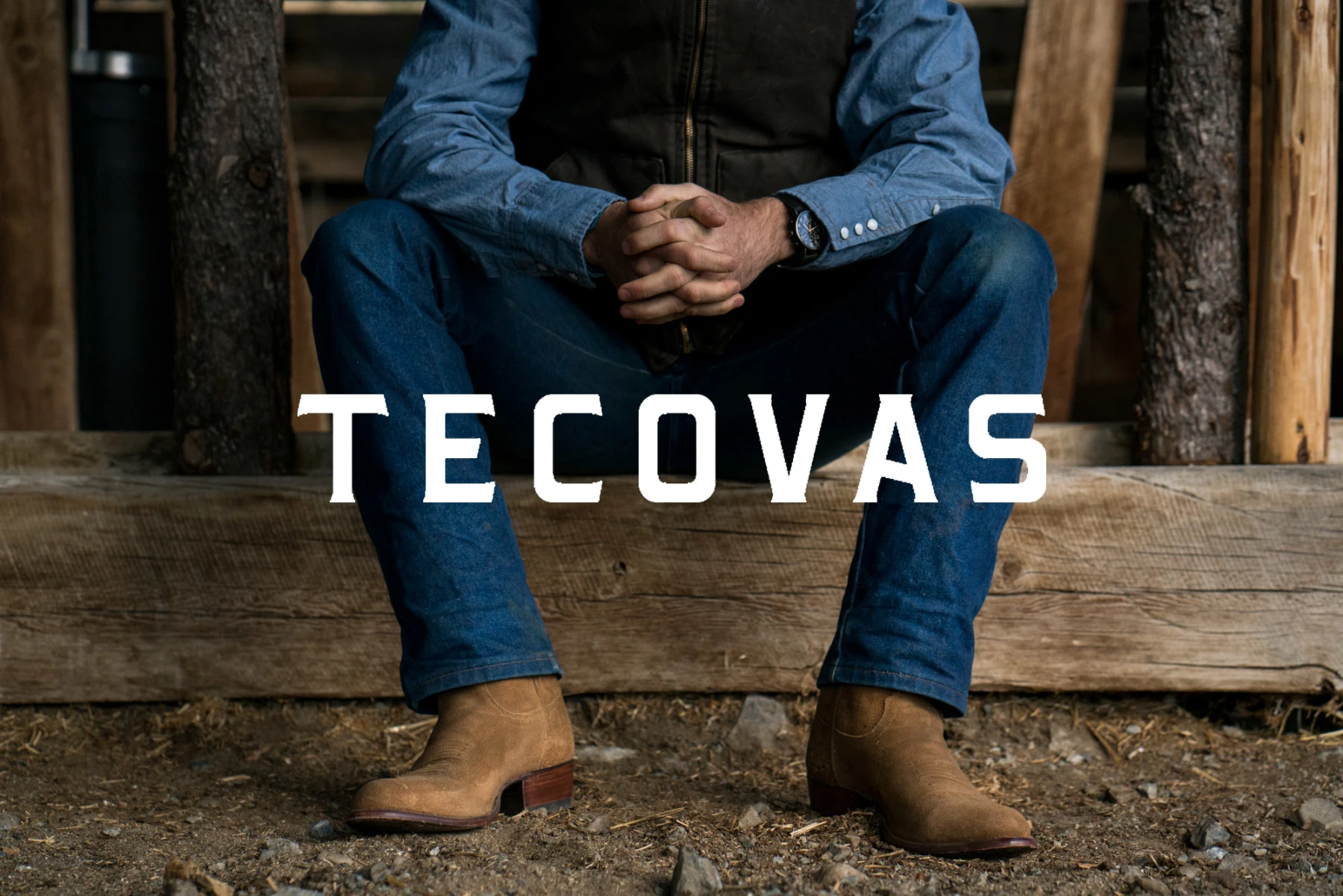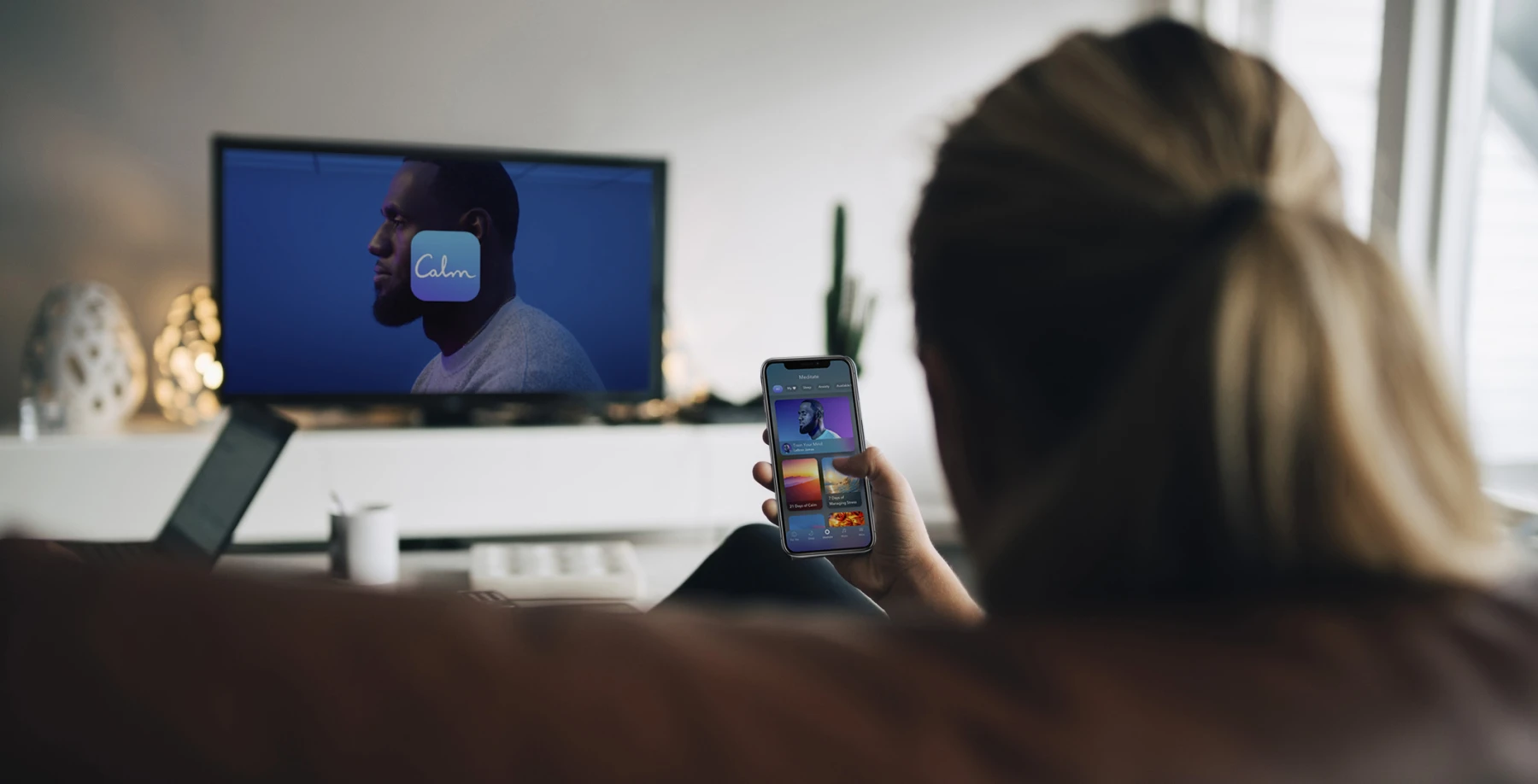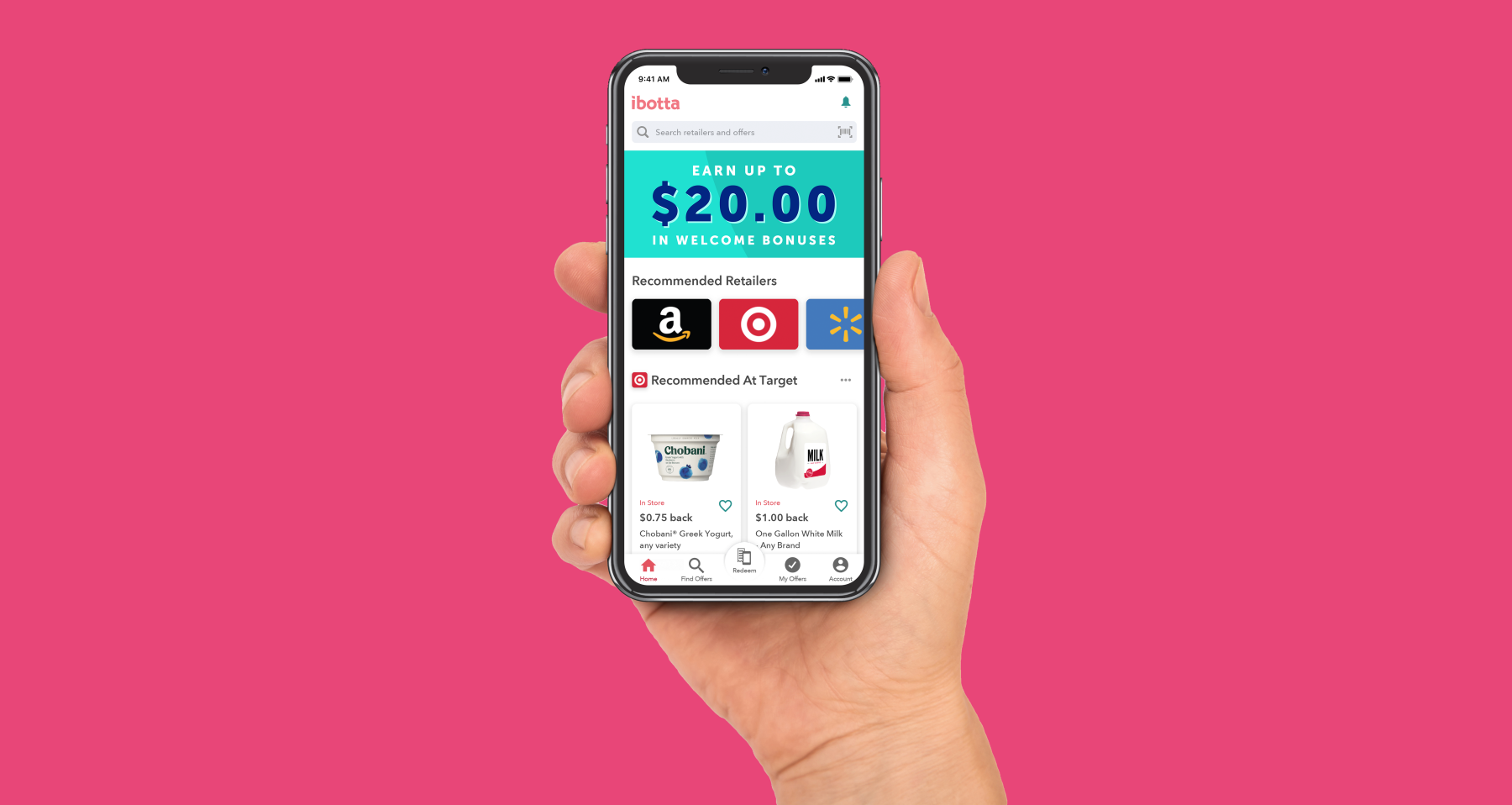
Client Spotlight: Branden Windle at Tecovas
Tecovas is an Austin-based western brand. Founded in 2015 with a simple line of high-end men's and women's cowboy boots, it is now the fastest growing western brand in the country. Tecovas is dedicated to making top-quality, timeless western footwear, apparel, accessories, & leather goods - and selling them exclusively directly to customers for approachable prices.
Tatari sat down with Branden Windle, Co-Founder and Chief Marketing Officer at Tecovas, to learn more about his journey and experience with TV advertising.
1. Tell us about your background and how you ended up at Tecovas? What is your role now and long have you been at Tecovas?
I went to school for Economics and Government at Claremont McKenna College, and then worked in investment banking for a couple of years at JP Morgan. I then left to start a mobile tech company in 2013. My role there ended up being directly related to my current role at Tecovas because we lived and died by user acquisition (which has a lot of parallels to customer acquisition).
After that I had a brief stint in early stage consumer VC before I met Paul Hedrick (Founder & CEO of Tecovas) and asked to join him on his endeavor. For the first 15 months or so, it was just the two of us but we’ve now been in business for four years and have over 100 people on our payroll. My current role at Tecovas is Co-Founder and Chief Marketing Officer.
2. What’s something specific about your industry in terms of marketing that you didn’t see at a previous company? Do you notice any patterns or trends (seasonality) that impact behavior?
As a retail company, there are two distinct patterns that we see in our business. One pattern that is unique to our product is the seasonal nature of cowboy boots. We are in an industry that indexes heavily towards the southern half of the US, and we sell footwear that is relatively heavy and warm, so we see a lot of negative seasonality in the summer and positive seasonality in the winter. The second pattern is the retail industry in general which follows an annual pattern around the holidays. We align our behavior around natural customer behavior, both in terms of the retail industry and our product. Our goal is to meet our customers where they are and to meet them when they want to be met.
3. How do you approach customer acquisition at Tecovas and what channels (social, search, TV, etc.) do you primarily use?
We have a holistic full funnel approach and we are channel agnostic. We’re solving for our maximum overall return, not necessarily for the maximum return in any particular channel. What that means for us is we are moving our dollars between channels based on meeting overall performance objectives. We’re focused on ensuring that each incremental media dollar we spend provides the highest marginal return for our overall strategy. In that way, we’re always solving for the highest absolute return on our media budget.
4. What was it like adjusting to TV advertising compared to other channels you have at Tecovas? Did you find anything surprising about it?
There’s nothing like it, so adjusting to TV and entering it into our overall strategy was difficult because on the surface, it wasn’t comparable to any other channel. But, through the use of Tatari’s measurement tools and dashboards, we were surprised by how comparable TV can be to other digital marketing channels in terms of performance and measurement. That’s enabled us to effectively make tradeoff decisions between TV and our digital channels, which is absolutely critical to our ability to maximize the total return of our media spend.
5. Now that you're doing TV, how has it affected the business in general?
It’s been game-changing for the business. We’ve been able to reach more new people on TV than in any other channel. If you think of it from a growth perspective, there’s no other channel where you can just flip a switch overnight like TV. It has massively exposed us to a broader set of people. It’s hard to quantify the impact, but it seems like running TV commercials in tandem with digital ads, etc. has bolstered our overall performance. I can’t tell you how many customers have said they’ve seen us run ads during their favorite program but ended up purchasing after seeing an ad on their online news outlet.
6. How was the creative production process for you? Do you think there are any important lessons there that you’d advise people who are new to TV advertising?
During our first round of creative production, we tried doing a bunch of variations with small differences in order to test what works. We were trying to apply something that we do online to TV, but the lesson we learned is that it doesn’t really translate. By trying to get more deliverables so we could have more variables to test and measure, we often got less in terms of quality and impact, so my advice is to not solve for variations in the same way you do digitally. It ends up just diluting the process and the output. Less is more to start.
7. Not sure how much you can share, but do you see TV as being a big component of the business as you go forward, or are you planning to do it equally as much as other channels?
As we grow and scale, it’s going to be a bigger part of the business as it’s the broadest of our channels in terms of reach. We’ll begin leveraging TV as a means to support our growing number of store locations. TV provides a powerful medium for driving interest and consideration, so we’ll continue to invest in it as we aim to grow the Tecovas brand and the number of customers we’re able to serve!

Amit Sharan
I run marketing at Tatari and have the world's cutest french bulldog.
Related
How Calm Used Digital Tactics to Master TV Brand Advertising
Learn how Calm used data & analytics to drive customer acquisition, found audiences at scale, and ultimately launched a large-scale brand campaign featuring NBA star LeBron James to become the No. 1 Mental Fitness App, with over 70 million downloads.
Read more
Client Spotlight: Brooke O'Brien at Ibotta
Tatari sat down with Brooke O'Brien, Marketing Manager of User Acquisition at Ibotta, to learn more about her journey and experience with TV advertising.
Read more
International Women’s Day: 2025
This International Women’s Day, we celebrate the women at Tatari who challenge stereotypes, push boundaries, and drive transformative change. Their contributions redefine expectations and inspire a culture of empowerment and progress. Let's meet some of the women that make Tatari an incredible place to work.
Read more


